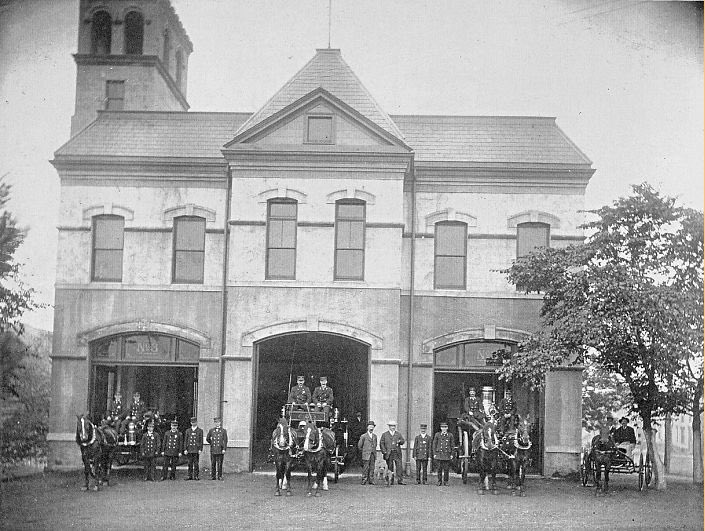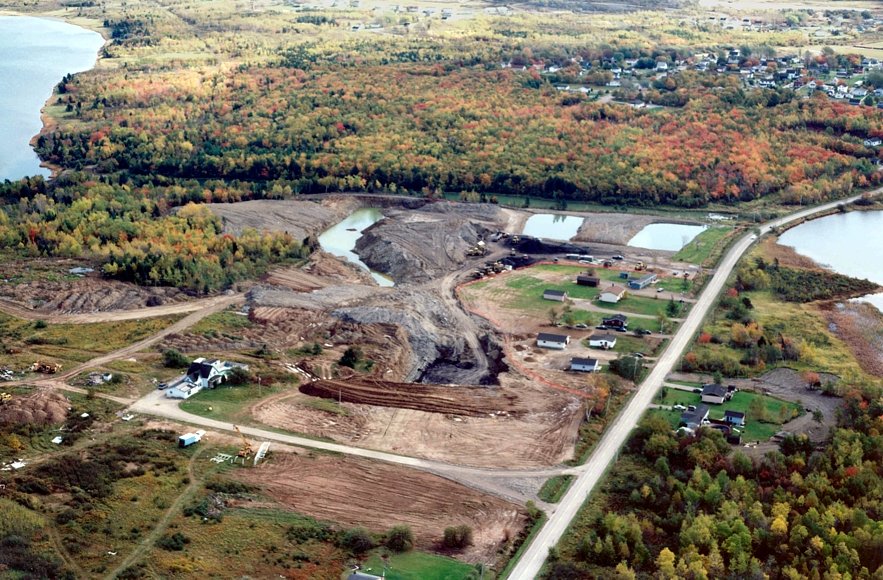Mining built #NovaScotia!
The old #BankofMontreal building in Sydney was built 1900-01 of sandstone from Wallace, the area that provided stone for so many historic buildings like our legislature and parts of Ottawa's parliament buildings.
#nspoli #cbpoli @HomeMattersCB @OldSydney

The old #BankofMontreal building in Sydney was built 1900-01 of sandstone from Wallace, the area that provided stone for so many historic buildings like our legislature and parts of Ottawa's parliament buildings.
#nspoli #cbpoli @HomeMattersCB @OldSydney


The bank was built because of the economic boom that occurred in #Sydney in that era. Large steel plants located in Sydney, fed by nearby #coal mines, made Sydney a hub of commercial and industrial activity.
#nspoli #cbpoli @HomeMattersCB @OldSydney
#nspoli #cbpoli @HomeMattersCB @OldSydney

The building was designed by renowned architect Sir Andrew Taylor of Taylor and Gordon. Its Palladian windows, copper dome, columns, and pediments combine to make a striking building. It’s one of the best examples of commercial Neo-classic architecture in NS.
#nspoli #cbpoli
#nspoli #cbpoli

It was built on one of the few lots left in #Sydney’s bustling downtown core by Rhodes and Curry Company, the largest construction company in the Maritimes from 1880 until 1920. Rhodes and Curry was founded in 1876 by Nelson A. Rhodes and...
#nspoli #cbpoli @HomeMattersCB
#nspoli #cbpoli @HomeMattersCB

...Nathaniel A. Curry, brothers-in-law in #Amherst. Initially, they opened a door and sash factory, which burned down, was rebuilt and burnt again. After obtaining long-term financing they diversified into construction and building railcars with...
@MLAElizabethNS #nspoli #cbpoli
@MLAElizabethNS #nspoli #cbpoli

...the purchase of the James Harris Car Company in Saint John. To maximize profits, the company acquired timber lands, sawmills, lime deposits and brickyards, so they could use their own materials and build everything from the foundations to roofs of buildings.
#nspoli #cbpoli
#nspoli #cbpoli

Rhodes and Curry built thousands of homes and buildings in the Maritimes, including #Halifax’s city hall, #Sydney’s St. Andrew’s United Church (now the Highland Arts Theatre) and stations, offices, and roundhouses for the Intercolonial Railway including #Pugwash’s train station. 

They built much of historic #Amherst, including its courthouse, armoury and hospital. They also built hundreds of company houses for coal miners in #NewGlasgow and #Sydney.
@MLAElizabethNS #nspoli #cbpoli @HomeMattersCB @OldSydney
@MLAElizabethNS #nspoli #cbpoli @HomeMattersCB @OldSydney

The Bank of Montreal’s construction was supervised by James Reid of North Sydney. Dan Gillis from Portage was also a foreman.
According to @OldSydney, which is based in the building today, when an extension was added in the 1970s it was built with concrete blocks.
#nspoli #cbpoli
According to @OldSydney, which is based in the building today, when an extension was added in the 1970s it was built with concrete blocks.
#nspoli #cbpoli

However, the blocks of sandstone from the exterior wall that was taken down for the extension were split into two or three slices and used as the facade for the addition so the building’s look would be maintained.
#nspoli #cbpoli @HomeMattersCB @OldSydney

#nspoli #cbpoli @HomeMattersCB @OldSydney


• • •
Missing some Tweet in this thread? You can try to
force a refresh



























